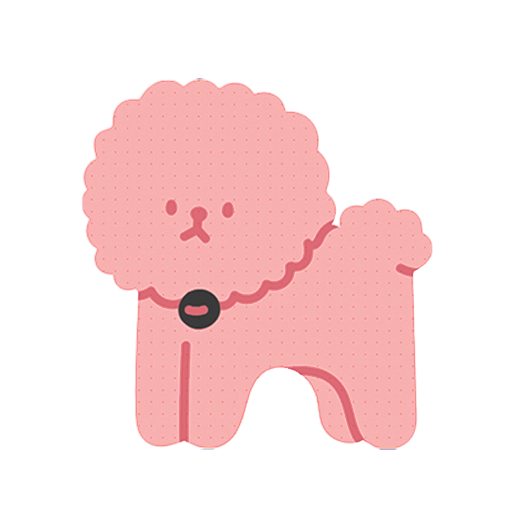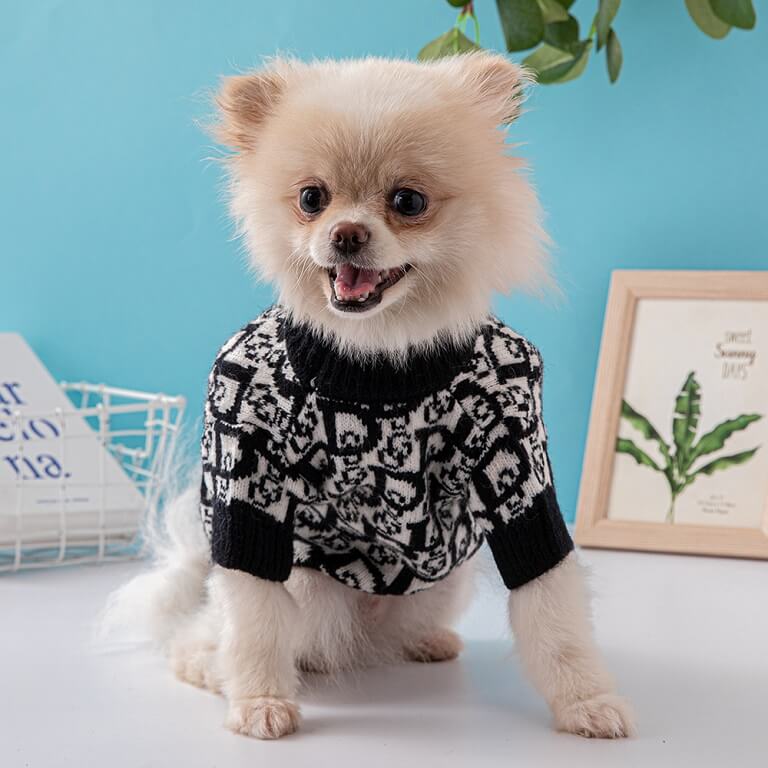Blog
Decoding Your Dog’s Unusual Behavior: 6 Signs and How to Respond
Decoding Your Dog’s Unusual Behavior: 10 Signs and How to Respond
As a devoted dog owner, you may have encountered moments where your furry companion displays behaviors that leave you scratching your head in puzzlement. From unexpected mounting to tail-chasing antics, dogs have a unique way of expressing themselves. Understanding the reasons behind these behaviors can strengthen your bond with your canine friend and ensure their well-being.
1. Unexpected Mounting
Mounting behavior in dogs, often associated with breeds like Poodles, can be surprising for pet owners. While it’s easy to jump to conclusions, thinking it’s purely a sexual act, there’s more to it. Mounting can also serve as a form of stress relief, playfulness, or even a display of dominance. If this behavior becomes excessive or uncomfortable for either party, consult a professional dog trainer or behaviorist for guidance.
2. Tail-Chasing Mysteries
Witnessing your dog chase its own tail can be both amusing and perplexing. While it’s tempting to attribute it to boredom, consider the possibility of skin conditions like dermatitis or the presence of parasites. These discomforts might trigger the itching sensation, leading to the tail-chasing behavior. If tail-chasing becomes obsessive or causes harm, consult with your veterinarian for proper evaluation and treatment.
3. The Art of Butt Sniffing
One of the more peculiar dog behaviors that can leave new pet owners feeling a bit awkward is the act of dogs sniffing each other’s rear ends. This behavior, however, is completely normal in the canine world. Dogs have anal glands near their rectums that emit unique scents. Through this action, dogs gather crucial identity information about each other, including details about diet. It’s also a friendly gesture, signaling a desire to initiate social bonds.
4. Pre-Poop Circling Rituals
For some dogs, circling before they defecate is standard procedure. This quirky behavior serves a purpose – it helps stimulate bowel movements and allows dogs to find the perfect spot for relief. Another theory suggests that dogs have scent glands in their paw pads. Circling may help distribute their scent, marking a safe territory for them. If your dog suddenly deviates from this routine or appears uncomfortable during bowel movements, consult with your veterinarian for a thorough check-up.
5. The Ground Scoot Shuffle
Experienced dog owners are familiar with the sight of their furry friend scooting or dragging their rear end along the ground. While this behavior may initially raise concern, it’s not indicative of cleanliness OCD. Instead, it could be a sign of impacted or infected anal glands, or the presence of nearby parasites causing discomfort. Prompt deworming and assistance with expressing the anal glands can alleviate the issue. If the behavior persists, consult your veterinarian for further evaluation.
6. Digging Dilemmas
Dogs’ love for digging can sometimes baffle their owners. In the wild, this behavior serves to uncover scents or locate prey. However, when indoors, it may be a sign of boredom or stress. Additionally, excessively long nails might lead to discomfort, compelling dogs to dig at surfaces. Providing mental stimulation, engaging toys, and regular exercise can help curb excessive digging behaviors.
7. Inquisitive Crotch Sniffs
Observing dogs sniffing human crotches can be an uncomfortable experience for pet owners, especially when it involves friends or visitors. It’s essential to understand that this behavior is primarily influenced by the dog’s instinct to gather information from anal gland scents. Subconsciously, dogs seek to understand and identify individuals, making this behavior a natural and normal part of their social interaction. It’s also worth noting that dogs possess an astonishing ability to detect conditions like cancer and pregnancies through their sense of smell, further highlighting the depth of their olfactory capabilities.
By delving into the meanings behind these peculiar behaviors, you can foster a deeper understanding of your canine companion. Remember, each dog is unique, and their behaviors may vary based on breed, temperament, and individual personality traits. If you ever find yourself concerned about your dog’s behavior, don’t hesitate to consult with a professional veterinarian or a certified dog behaviorist for personalized guidance.


